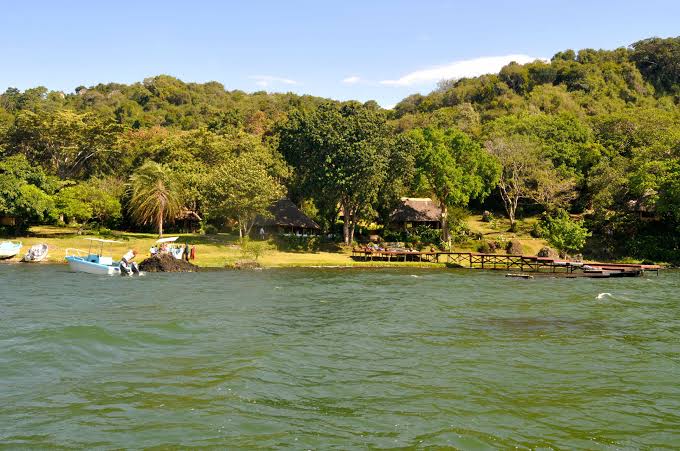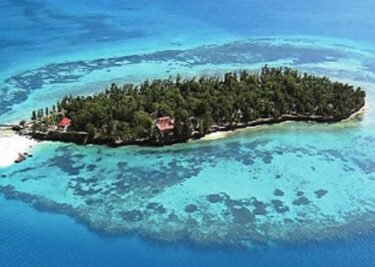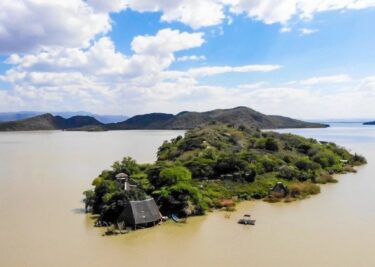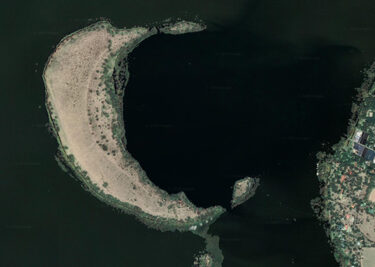Mfangano Island

Mfangano Island sourced from Ventes Ventures.
Lake Victoria billows loudly as its waters contour the Kenyan, Tanzanian and Ugandan shorelines. Its irregular shape that’s courtesy of the dents and dips of her banks nudge you to find out what more there is to this beauty. Dotting Lake Victoria are islands that make a visit to the world’s second-largest freshwater lake a worthwhile experience. They break you free from the turbulent waters and land you on the soft cushions of the culture and history of the people on the lands of the lake.
The Wonders of Mfangano
Mfangano – Lake Victoria’s largest island – brings all of its residents together. Rising to as high as 1, 694m and spanning over 56km², the island hosts over 26,000 people. The Suba, a Bantu community that speaks Olusuba, has buttressed its roots in the soils of this island. Indeed, the island’s name is derived from the Olusuba word okuwangana, which means ‘to unite’.
The island, which has been in existence for over 4,000 years, is one of the most important sources of knowledge about the Suba community. The most striking architectural gems of the island are rock paintings. While the art is thought to be the handwork of the hunting and gathering nomadic Twa people – a community that migrated and settled in present-day Rwanda, Burundi, Uganda and Eastern Congo – the Suba embraced this art, knitted it to their heritage and might have even retouched it over the years. These works of art recount notable legends of this green land that mushrooms amidst Lake Victoria’s blue waters.
Kwitone and Mawanga Cave
Mawanga Village is one of the custodians of these intricate works of art. Within the village is Mawanga Cave which is decorated with a triangular limestone art of 12 spirals, sunbursts and concentric circles painted in white and red. The Wasamo clan who lived around this cave believed that the rocks had healing properties. They believed that if the sick placed their hands on the rock, they would receive healing. The clan members were also the rainmakers of the Suba community and summoned rainmaking powers from this rock, hence, the cave’s name: hand of God.

Mawanga Cave Rock Painting. Image sourced from The British Museum.
Further inland from the lake, atop Itone Hill – the island’s most outstanding land structure – is Kwitone Rock Art Site. This site is believed to have been the miracle centre of the community. It is told that over 200 years ago, there was a war between the Wagimbe and Wasaki clans of the Suba. This was despite the Wagimbe clan being mightier. And with more battle victories than the Wasaki, they still sought intervention from their gods at Kwitone. The act enabled them to win the war. While the hill has lost its ceremonial powers, visiting the site called for utmost purity and reverence from members of the community in the past. Elders were required to keep their visit to the hill a secret and refrain from calling its name in vain prior to visiting.
Adventure Island
Mfangano is not all work and no play. Besides rock paintings, you will find cup-shaped holes drilled onto rocks. These holes are used to play the renowned bao game.
Verily, Mfangano Island is inseparable from the Abasuba. The community, their history, and its values are the island’s identity. It is a sacred place full of depth that demands exploration and protection.



